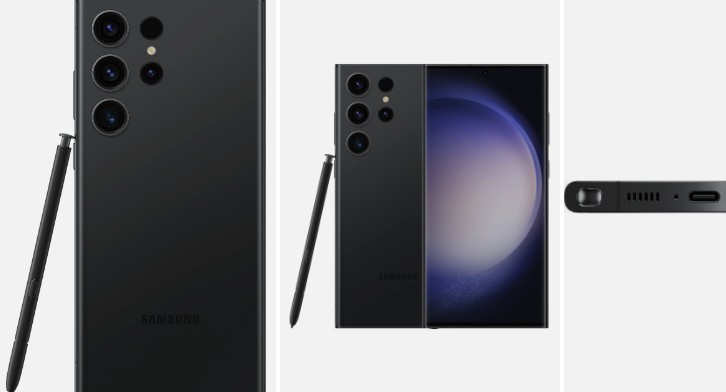I’ve never tried experimenting with the Linux OS Distros, but I wanted to give Ubuntu 22.04 LTS a try. I will be downloading the Iso file from the Ubuntu website, and installing it through a boot drive. From there, I will try to tour and see what we can get with this distro. The installation process is simple.
Considering this is my first Linux Distro I have used, I am quite impressed with the smooth structure of the system, although the overall system is more similar to that of a Chrome OS or Mac book.
Installing
The installation process is a lot more simpler than what I originally anticipated, but booting the system up can be a little tricky i you are not careful enough, or basically a beginner in working with the Boot Drive, or BIOS. Usually when you open the ISO file it should create a redirect almost to an E:/ Drive that is labeled as a DVD disk, this is basically just the file with all the OS information
Secondly, then you will need to boot it on an empty USB drive. If you are on windows you can download Rufus. I would recommend the latest version, 3.19 but downloading the 3.18 version is also fine if you prefer. I noticed at first the file was not appearing at first in the USB file selection. If this happens you can simply drag and drop the ISO file into the slot, and the other information will be detected and filled out for you. After that you can then start it. This will take 5 to 10 minutes to transfer the files onto the USB drive, just watch the progress bar.
In layman’s terms, you’re basically installing a whole new operating system onto a thumb drive, that you can just take out, and put back in whenever.
After this, I went into my PC’s bios, which for me, and many other setups is the Del key when it is on the GIGABYTE load screen, you have two to three seconds to get to it.
Using the System
When I get into the system, and finally finish setting up partitions and disk space, I realize the stark contrast difference between this OS and windows. This is more similar to a Mac OS which I find interesting. It is very smooth, but a layout I am personally not interested in. After the installation I realized I had a big problem, I erased Windows 10 from my computer, and now I am stuck here. Therefore I have to reinstall the OS, and start from scratch.
Luckily for me that is not a problem, I don’t have a lot of important stuff on it, but for demonstration purposes I don’t mind it going. Installing Windows 11 was a bit of an issue, considering the OS was deleted while installing Ubuntu, and overwritten through the SSD. One of the major things I noticed with Ubuntu, is it is more open end, and code based than windows, so you have to be very technical with Ubuntu.
For example, downloading certain USB booting services like UNetBootin require certain lines of code to be opened, such as sudo add-apt-repository ppa:gezakovacs/ppaand ending with sudo apt-get install unetbootin
When trying to reinstall, or install a new OS into a PC’s BIOS it is usually backed up by a USB drive. I have two in this case. Installing applications on Ubuntu can be a bit of a challenge if you are not experienced with the code setup. There is more work that goes into the terminal than in Windows 10, although both are just as open ended as the other if used properly.
Overall, I think its a good system for those who want to learn more about Linux Distros, or want more hands on coding experience to apply to actual situations, debugging purposes, or whatever the case maybe. For regular use? I would not use this, but it is good for work or office related use.







Add Comment